Introduction to Indonesian Fine Coffee beans-- Java Coffee producing area of Indonesian Arabica Coffee
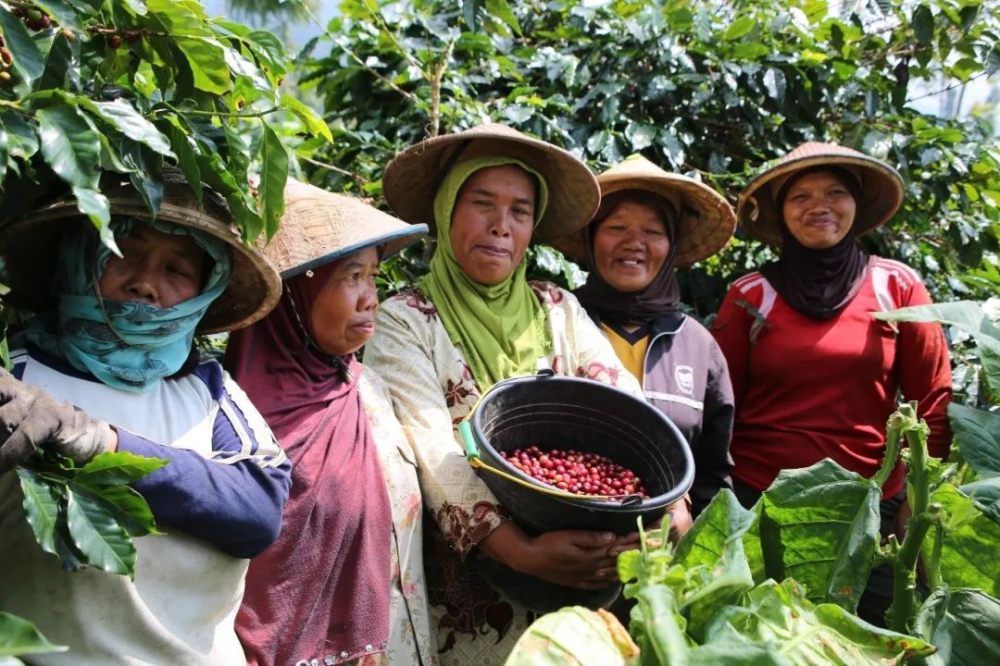
Among the many Asian countries that produce coffee, Indonesia is one of the most noteworthy. Indonesia is an island country in the Indian Ocean. The islands are distributed on both sides of the equatorial line. Three islands: Java, Sumatra and Sulawesi are famous for the typical pure flavor of caffeine. In this article, in front of the street, let's talk about these producing areas in Indonesia.
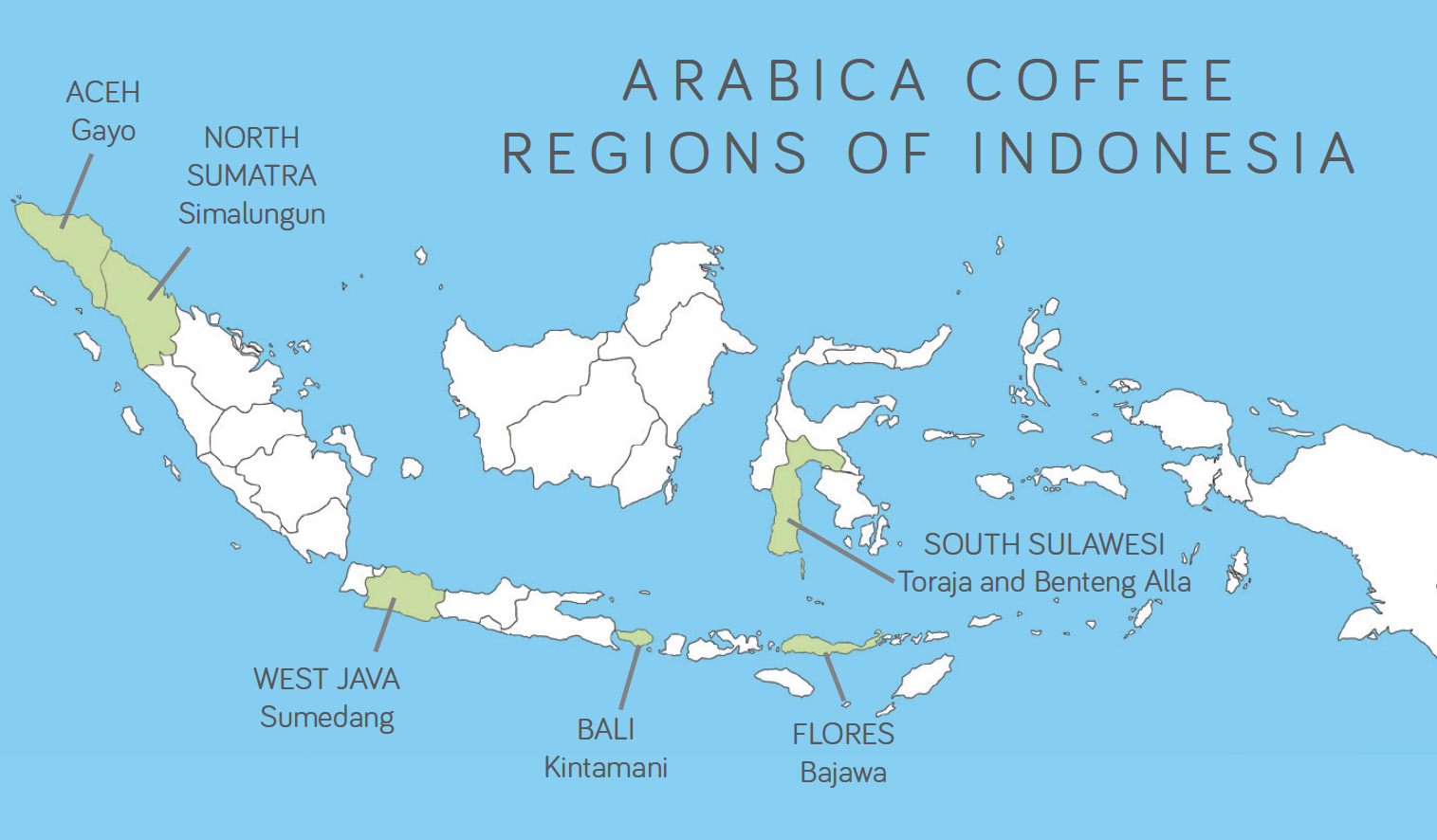
Java Java
Java, the fifth largest island in Indonesia, occupies an extremely important position in coffee history. "Java coffee" usually refers to Arabica coffee beans produced here. Unlike most other Indonesian coffee grown on small farms for initial processing, Javanese coffee is usually grown on large farms or plantations. Most of them are operated by the government and use modern methods to carry out washing treatment. The variety, which belongs to S795 and is called Jember by local people, is artificially cultivated.

The coffee growing area of Java is divided into three parts: West Java, East Java and Central Java. Java has mountainous, hilly and volcanic topography, and coffee is mostly distributed at an altitude of 1400 meters. As early as 1696, coffee was introduced from India to Jakarta in western Java, and the first coffee exports were shipped from Java to Europe by the Dutch East India Company in 1711 until the 20th century. Today, Java is no longer popular, and Sumatra and Sulawesi are the current mainstream of Indonesian coffee. Java produces exquisite aromatic coffee with relatively low acidity, delicate taste and good balance. The best plantations here are Blawan, Jambit, Kayumas and Pankur.
Sulawesi Sulawesi
Sulawesi, formerly known as Celebes, is one of the oldest islands in the archipelago, with exposed rocks for more than a million years. Soils like yellowish-red ash are found in coffee-producing areas. These soils often have several layers of clay beneath the surface, which are rich in iron. The most famous producing area is in the high mountains of Toraja in the south of Sulawesi.
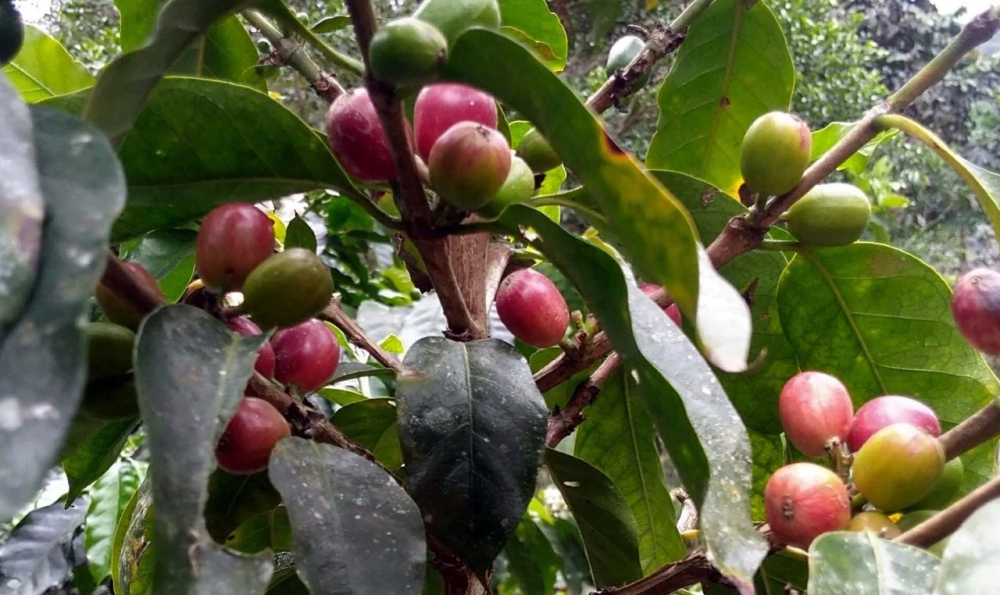
Kalosi, to the south of Toraja, is the major metropolis in the region. A small number of particularly interesting coffee beans are washed with water, which is worth thinking about, and it is highly recommended to try it when you have the opportunity. Semi-washing is a common treatment method in Sulawesi, and the local area also produces a lot of Rob beans, and the name of this place is most commonly used as the representative of Sulawesi coffee, which is famous for its full consistency, rich flavor and low acidity.
Sumatra Sumatra
If you like full-bodied black coffee, you must have heard of Indonesia's Mantenin, also known as Sumatran Coffee, beans from Sumatra. The whole of Sumatra is divided into eight provinces, of which Arabica coffee is grown on a large scale only in the high-altitude provinces of Aceh and Jiangsu. Sumatra belongs to the tropical rain forest region, the mountains and forests are often filled with clouds and rain, giving Sumatra a layer of mystery.
Sumatra is one of the earliest large-scale coffee growers in the world, most of which come from Aceh province in the north and North Sumatra province to the south of Aceh province. The two main producing areas revolve around the famous local volcanic lakes, Lake Toba and Lake Tawa, traditionally known as Lindong and Aceh. The volcano brings fertile soil to Sumatra, where coffee is loved by many lovers with aromas of spices, nuts, chocolate and vegetation.
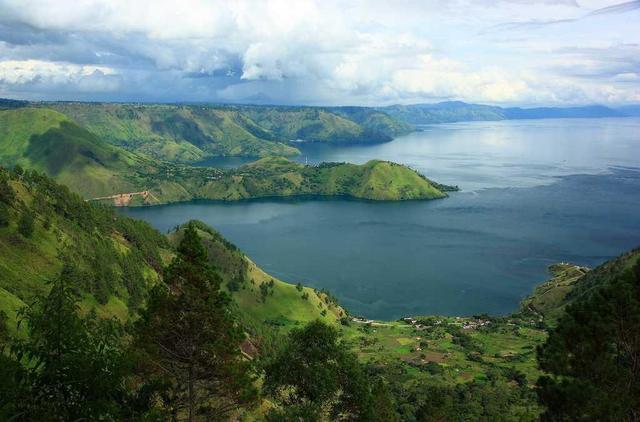
Legend has it that during the Japanese occupation of Indonesia during World War II, a Japanese soldier drank mellow coffee in a cafe, so he asked the shopkeeper that the boss mistook him for asking where you were from, so he replied: Mandaining. After the war, the Japanese soldiers recalled the "Mantenin" they had drunk in Indonesia, so they asked the locals to transport 15 tons to Japan, which was very popular, and Mantenin's name came out.
The equatorial island of Sumatra has a typical tropical rain forest climate, which is rainy and humid all the year round, typhoons are easy to hit, and freshwater resources are scarce. At that time, the economic conditions of coffee farmers were relatively backward, and they were unable to use the traditional washing method to deal with large quantities of coffee beans. In order to sell the coffee as soon as possible, they were forced to develop a wet planing method that took only 4 days. The so-called wet planing is that the sheep skin wrapped in raw beans is "forcibly" planed when the skin of the sheep is not completely dry, so the raw beans are "naked" to complete the final drying.
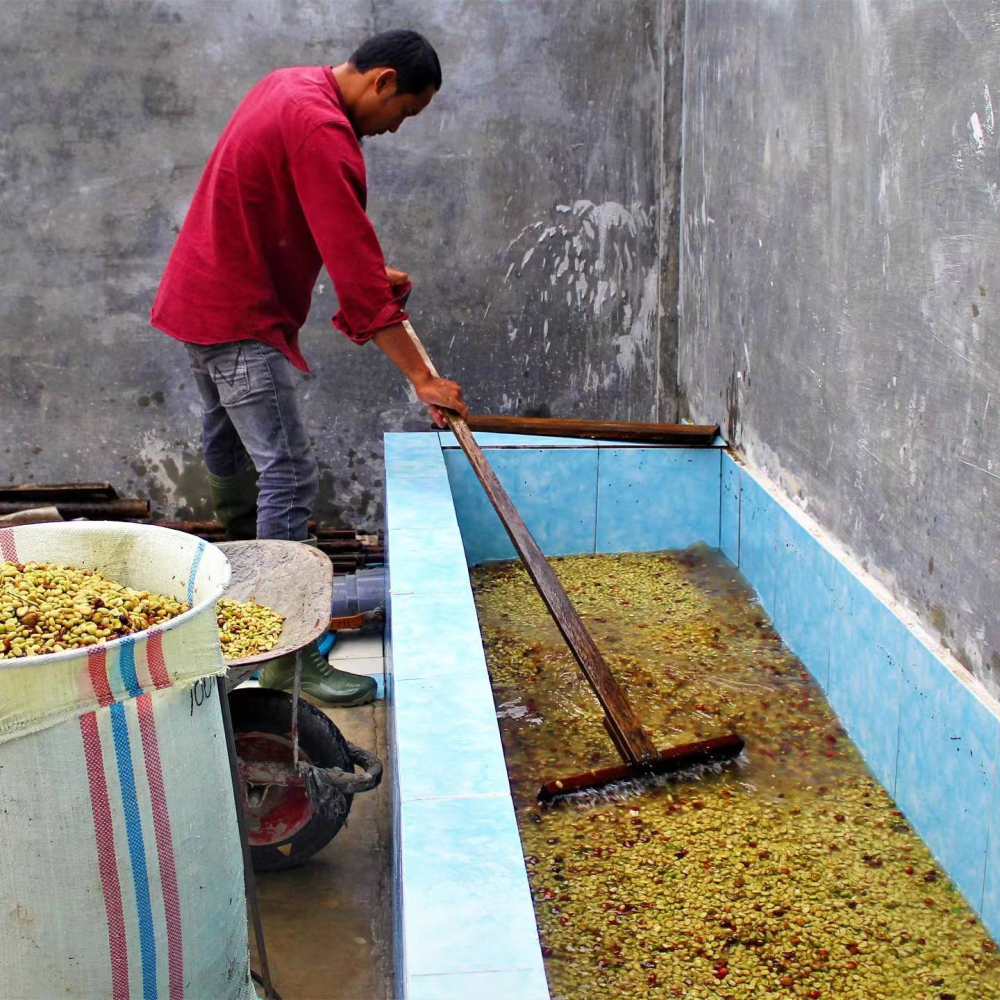
After the fresh coffee fruit is peeled with a planer, it is poured into the pool and fermented for a few hours. At this time, a small amount of pectin remains on the bean shell, which is removed by brushing. Then the shell beans are dried, and when the raw beans reach 30% water content for the first time, the coffee farmers will sell the raw beans to the purchaser.

Buyers will buy semi-dried shell beans, with a special machine with greater friction directly shell treatment, remove pectin and bean shell to get inner beans. Finally, the drying process takes 2-4 days, and the moisture content is reduced to 12-13%. Although the time of each link is greatly shortened, the "naked beans" will still absorb moisture from the hot and humid air, so the Mantenin coffee produced has more "stuffy aroma" of wood, herbs and soil. Qianjie started with a variety of Mantenin is to wet planing production, Qianjie wants to show a typical mellow taste, so the use of medium-depth baking.
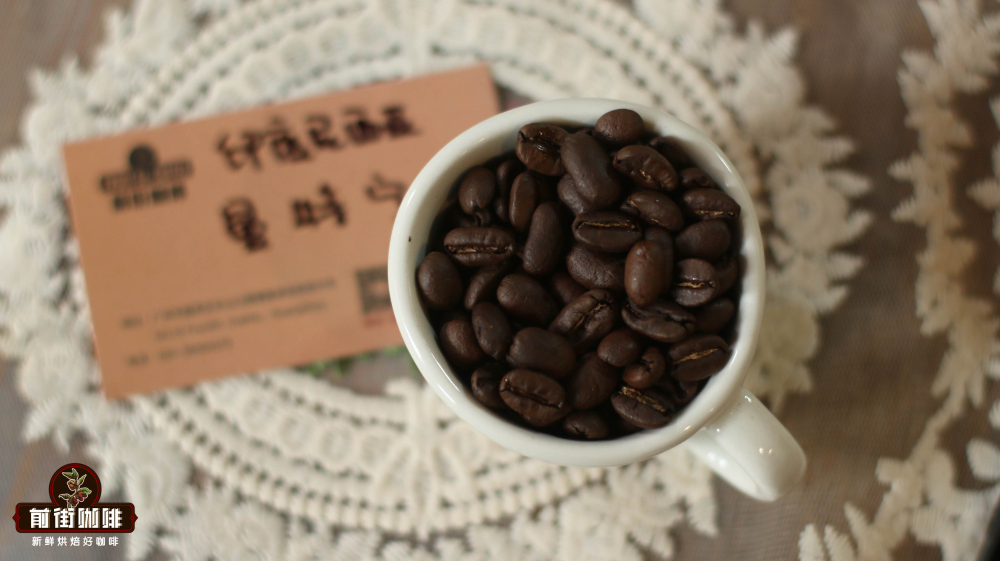
Professional coffee knowledge exchange more coffee bean information please follow the coffee workshop (Wechat official account cafe_style)
For more boutique coffee beans, please add private Qianjie coffee on Wechat. WeChat account: qjcoffeex
Important Notice :
前街咖啡 FrontStreet Coffee has moved to new addredd:
FrontStreet Coffee Address: 315,Donghua East Road,GuangZhou
Tel:020 38364473
- Prev

The origin of Guatemalan boutique coffee introduces the unique quality of Guatemalan coffee
Guatemala Antigua Coffee is not only smooth, high hardness, good quality, more full-bodied and sour and sweet perfect match, coupled with a trace of smoke, but also emphasizes its deep and mysterious. Guatemala is located in the center of North and South America, and its geographical location occupies an important position in Central America. Guatemala covers an area of about 108899 square kilometers. The territorial characteristics can be divided into: plateau volcanoes,
- Next
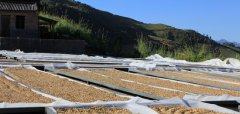
Costa Rican boutique coffee producing area introduces Costa Rican coffee flavor and characteristics of fiery Phoenix coffee
Country: Costa Rica level: SHB production area: central valley altitude: 1300-1500m annual rainfall: 3000 mm harvest month: December to February of the following year treatment: red honey treatment varieties: Kaddura, Kaduai producer: fire Phoenix manor raw bean specification: 18 mesh flavor: dried fruit, vanilla, honey, taste thick and meticulous Fire Phoenix Manor is located in central Costa Rica
Related
- Does Rose Summer choose Blue, Green or Red? Detailed explanation of Rose Summer Coffee plots and Classification in Panamanian Jade Manor
- What is the difference between the origin, producing area, processing plant, cooperative and manor of coffee beans?
- How fine does the espresso powder fit? how to grind the espresso?
- Sca coffee roasting degree color card coffee roasting degree 8 roasting color values what do you mean?
- The practice of lattes: how to make lattes at home
- Introduction to Indonesian Fine Coffee beans-- Java Coffee producing area of Indonesian Arabica Coffee
- How much will the flavor of light and medium roasted rose summer be expressed? What baking level is rose summer suitable for?
- Introduction to the characteristics of washing, sun-drying or wet-planing coffee commonly used in Mantenin, Indonesia
- Price characteristics of Arabica Coffee Bean Starbucks introduction to Manning Coffee Bean Taste producing area Variety Manor
- What is the authentic Yega flavor? What are the flavor characteristics of the really excellent Yejasuffi coffee beans?

